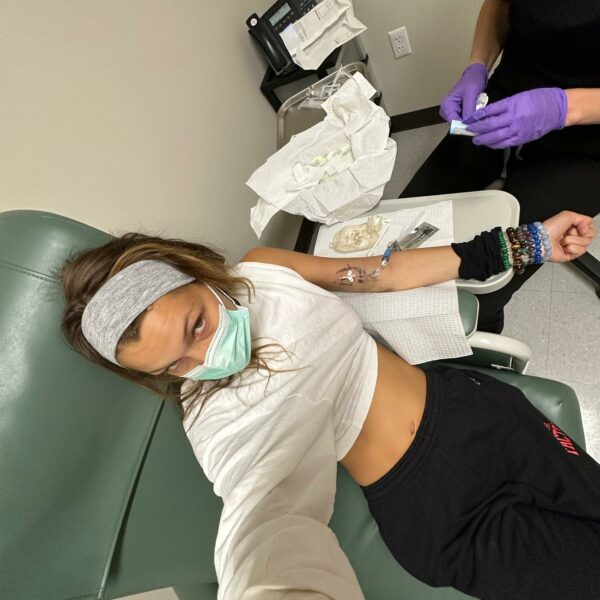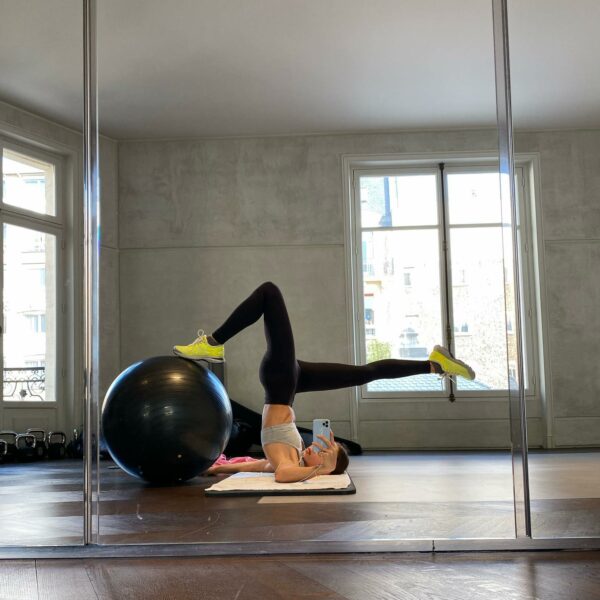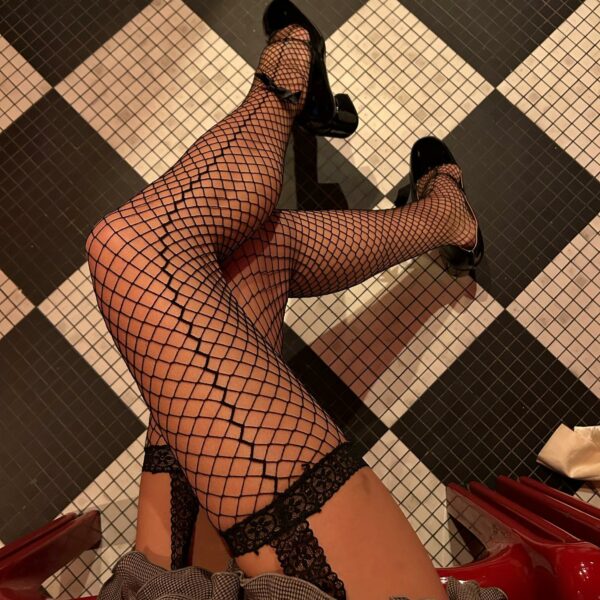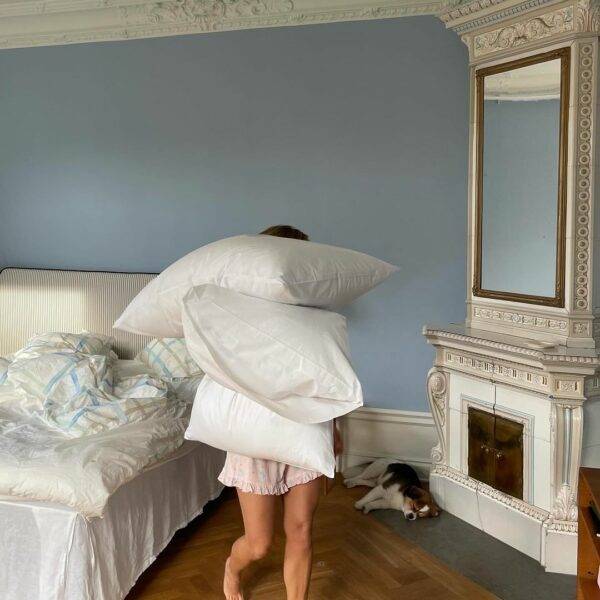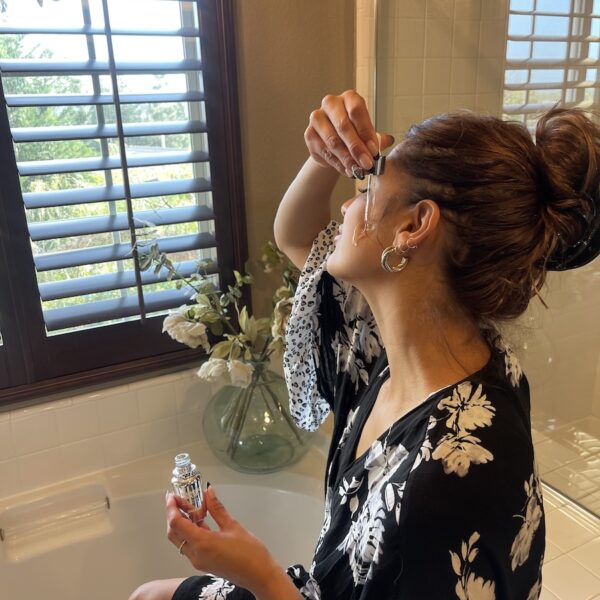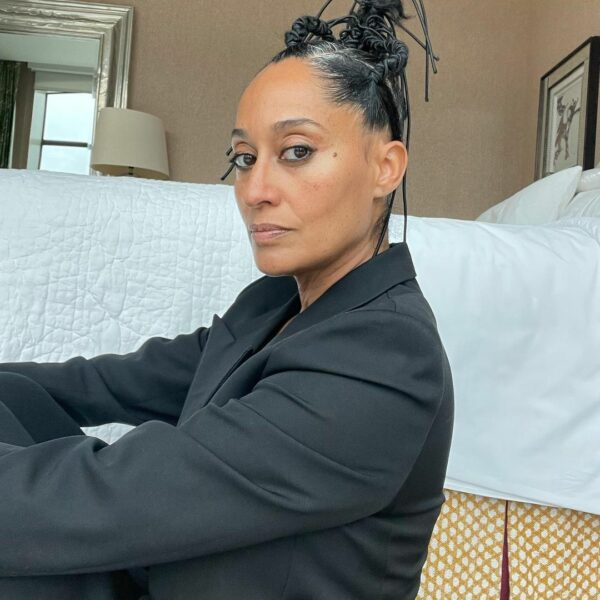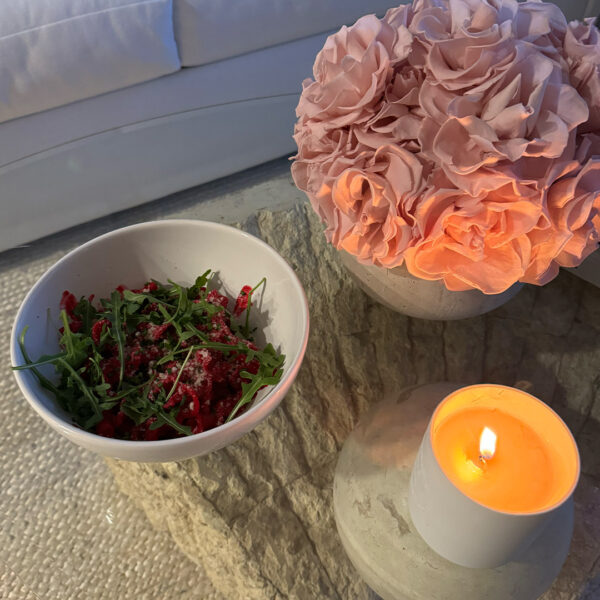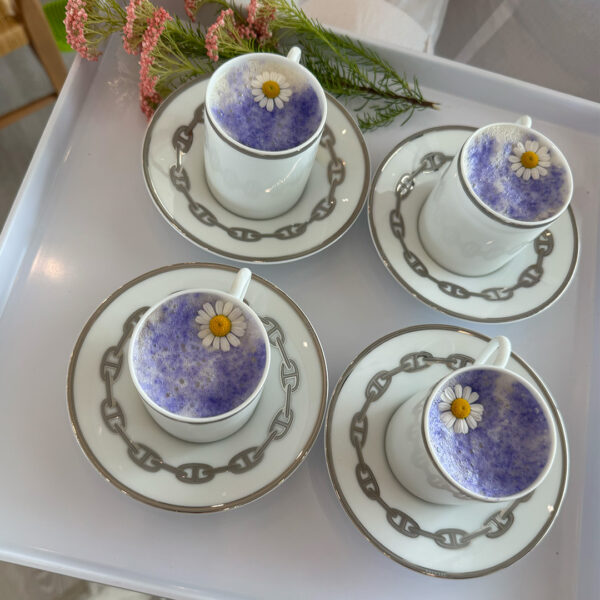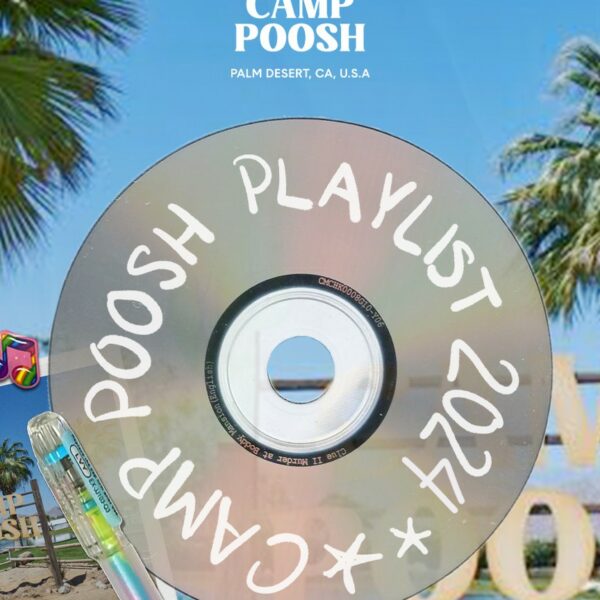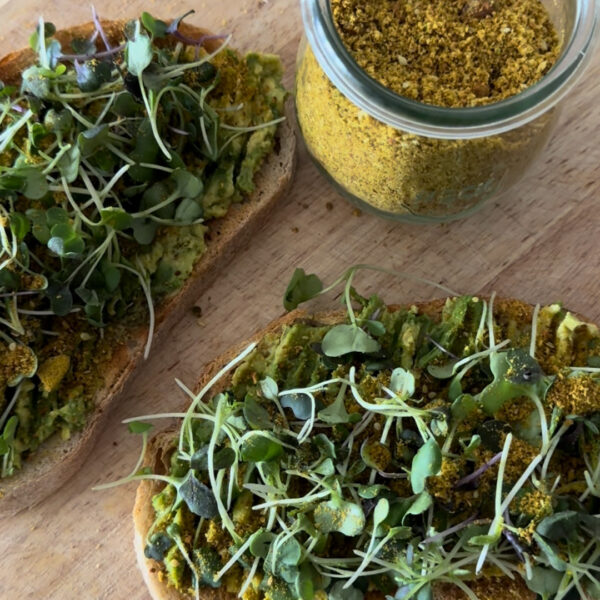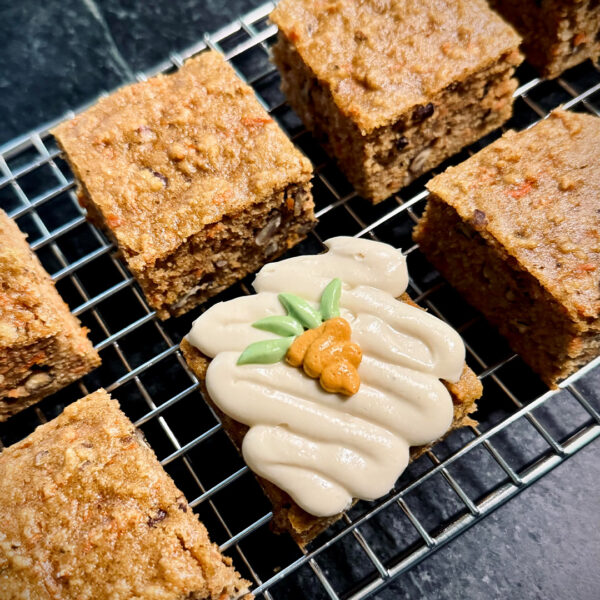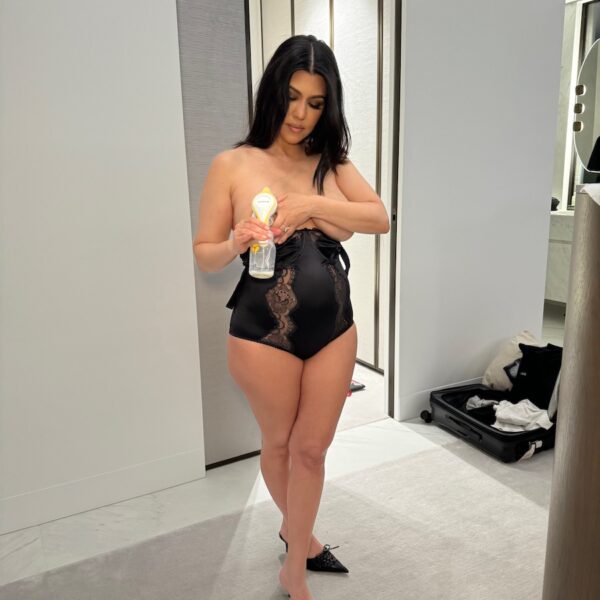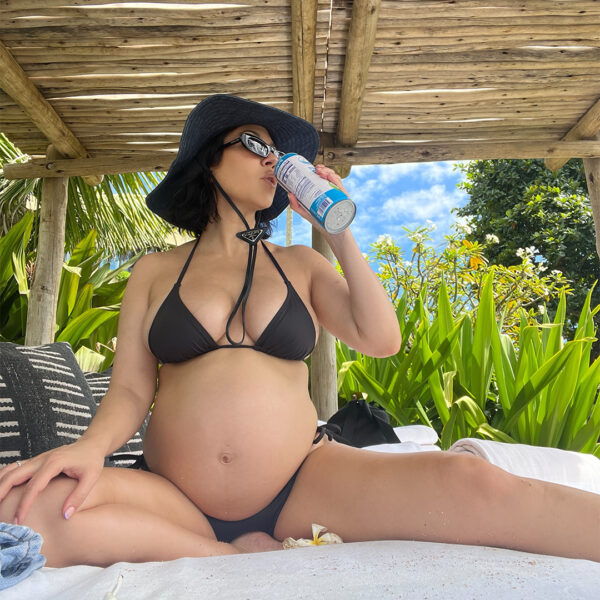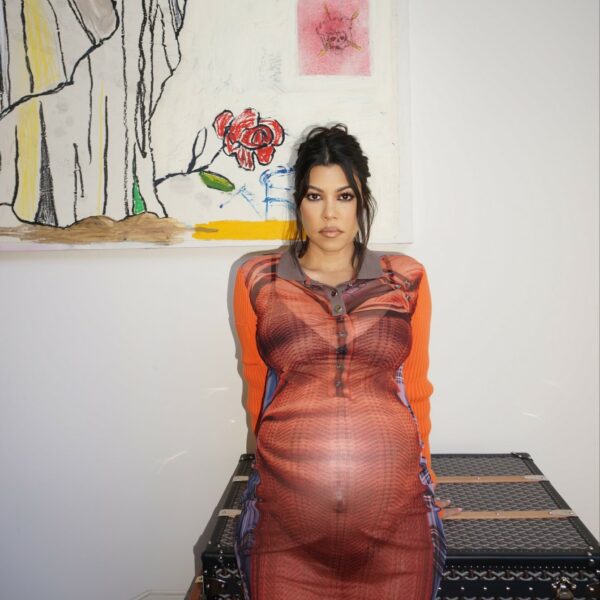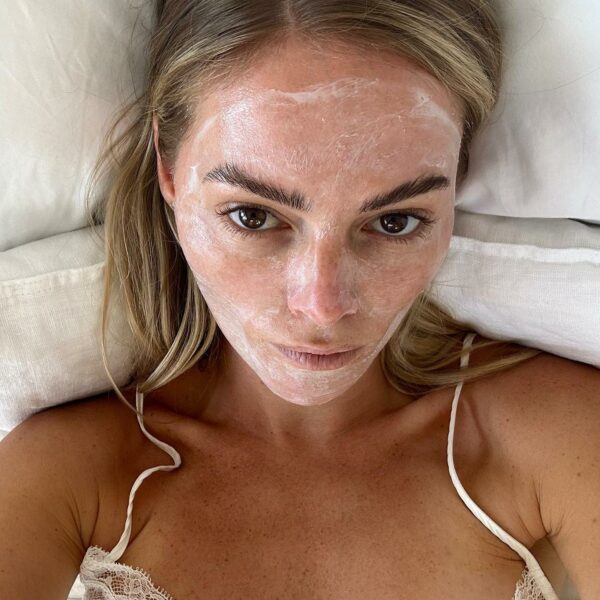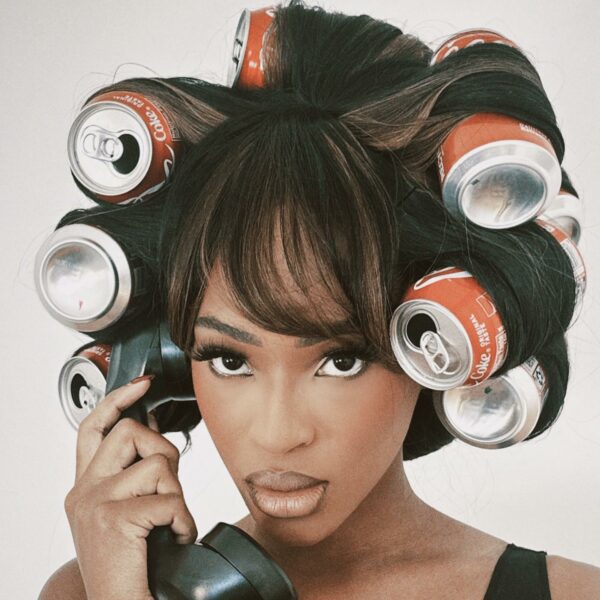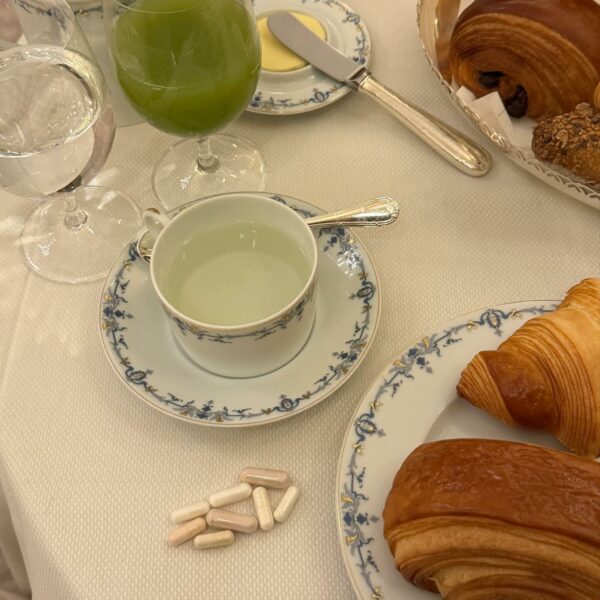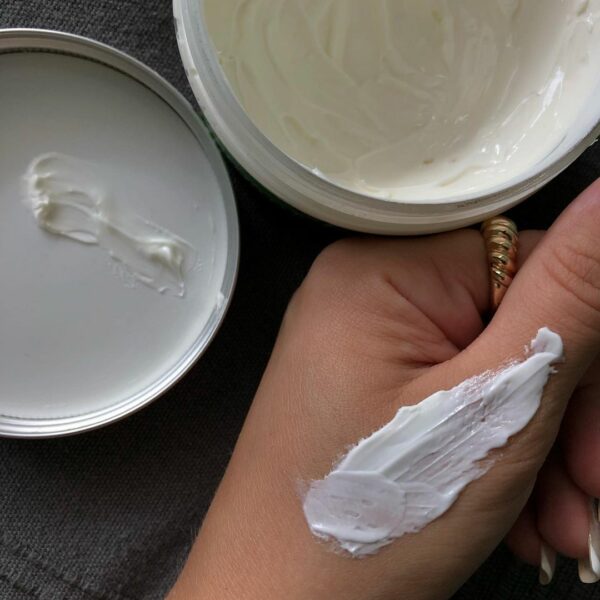Let’s talk adult acne—the causes, the cycles, and the over-the-counter solutions. To enlighten us on the severely common topic, we reached out to Macrene Alexiades, MD, PhD, FAAD. She holds three degrees from Harvard, founded Dr. Macrene Skin Results, 37 Extreme Actives, and reigns as the dermatologist for L’Oréal and Lancôme for nearly 15 years. So it’s safe to say she carries a flood of knowledge when it comes to diagnosing and treating adult acne. Read the full interview below, along with her three-step skin routine recommendation at the end.
So let’s dive into why acne persists in adulthood and how the hormonal triggers differ from adolescence to adulthood.
“In adolescence, you’re going through puberty. It’s the onset of the sex hormones and the rapid fluctuations of the growth hormone releasing in the brain that actually govern puberty and cause very severe puberty outbreaks. However, for women in their menstruating years (which is roughly ages 18-50), a different type of hormonal trigger takes hold, and that’s the normal menstrual cycle. The menstrual cycle has two main phases—the phase where estrogen dominates and the uterine lining builds, and then the luteal phase, which happens after the egg from the follicle pops during ovulation at mid-cycle. The remnant of the egg is called the corpus luteum, and it creates an environment where we start to make progesterone and estrogen drop. People tend to break out in adult years typically, but not always, in the luteal phase due to progesterone’s presence. The reason for this is progesterone binds to the hair follicles on the face at the male hormone receptor—these are called androgen receptors. So the progesterone we normally have flying around the second half of our menstrual cycle will bind to these receptors and cause increased oil manufacturing and unfortunately acne.
Many adult women regularly have a premenstrual breakout. For others, if their hormone cycle is not exactly 28 days, sometimes they can have PCOS (polycystic ovarian syndrome) or hyperandrogenism. Sometimes it feels like they have acne all the time because they don’t ovulate on a regular schedule. Those people will tell you that there is no pattern—they just break out continually. This is the major driving force of hormonal acne in the adult years.”
What are other causes of acne in the adult years that have nothing to do with hormones?
“These include things like exogenous ingredients. For example, oils were all the rage about five years ago. I had a slew of patients in my office who had the worst type of deep-rooted cystic acne due to oil use. And it’s insidious, which means that they didn’t realize it was the oil at first. It took me pointing it out and them stopping the oil to really prove to them that it was actually the oil on the face that was causing the acne. In this case, it’s not hormones plugging your pores, it’s actually the oil plugging your pores and then the bacteria proliferating very deep in the follicle, so you get little painful red dots in the middle of the cheek that then form into cystic acne.”
The other main component to touch on when talking about adult acne is diet.
“We’ll start with dairy. The reason dairy causes acne is because cows are now milked five times more than before. Because of the stress (and because they milk cows even when they’re pregnant), the progesterone levels in milk are several folds higher. Milk today, and I mean even if the milk is organic, has higher levels of these stress hormones, including cortisol. These stress hormones cause acne.
The other dietary components include carbohydrates. We figured this out with the Atkins diet. We really learned a lot about metabolism during those years. We found out that carbohydrates cause you to make more fat, and that includes the oil glands on the face. So carbs do induce more sebaceous activity, and carb reduction can help to some extent with acne.
Not everyone has classic adult acne. The last class of dietary components to touch upon relates to acne-rosacea, which is a cousin of acne and happens in people with sensitive skin who tend to flush and blush easily. In the case of acne-rosacea, foods that trigger breakouts are histamine-releasing foods. Examples include bananas, avocados, eggplant, soy sauce, and for some people citrus fruit. For others, it’s sour cream, deep sea fish, and even chocolate. Foods that either have histamine precursors or high levels of histamines and cause the patient with acne-rosacea to develop hive-like bumps that get a little whitehead on the tip. These bumps concentrate around follicles, and that’s why it is sometimes confusing, and someone will think they have classic acne when they actually have acne-rosacea. It’s important to be aware that this class of foods will affect adult acne.”
Why does acne never go away for some people? Is it genetics?
“Typically the patients who break out severely throughout their lives tend to be the ones where it’s genetics. They will have a parent with very bad acne scarring. So we do believe that genetically, these people have overactive sebaceous follicles that overreact to normal amounts of hormones.”
So let’s discuss over-the-counter solutions.
“To kind of mimic what I do in the office, I would tell my patient, ‘In the morning, wash with warm water, pat dry, and put on your benzoyl peroxide preparation. When you get home from work or school, wash with your salicylic acid cleanser, and then right before bed, put on one pea-sized amount of adapalene.’This way, you’re getting three steps in the course of the day that are very similar to what I would do if I were giving a prescription. It’s essentially the recipe for success in my world. This three-step routine is something everyone can do. If it gets fancier than that, everything falls apart.
The classic ingredients you’re going to find over-the-counter that actually work pretty well for mild acne are salicylic acid and benzoyl peroxide. If you go into the pharmacy, you can pick out any number of brands. So long as they have salicylic acid or benzoyl peroxide in their components, you will get some benefit from that. Neutrogena acne wash is an example of a classic salicylic acid wash you can find at the drugstore—and that bottle will last you a year. You can also find slightly more upscale brands that have glycolic acid, like Peter Thomas Roth’s face wash.
Remember how I told you there’s a percentage of people who have acne-rosacea? They will not tolerate salicylic acid, benzoyl peroxide, or adapalene—their acne will get worse. If you have very sensitive skin and you’re getting worse with regular run-of-the-mill pharmacy stuff, you should buy an over-the-counter remedy that has sulfur. There are many different types. Acnomel is good as a spot therapy, and AcneFree makes a good sulfur mask. There’s a product I love by Summers Labs, Liquimat, that has cover-up in it along with sulfur. I would recommend putting a dab of Liquimat on the pimple, wait for it to dry, then put your makeup on. That way when you’re out and about, you’re not suffocating your acne and making it worse, but rather you’re incubating medicine under there to protect it from your foundation.”
The content provided in this article is provided for information purposes only and is not a substitute for professional advice and consultation, including professional medical advice and consultation; it is provided with the understanding that Poosh, LLC (“Poosh”) is not engaged in the provision or rendering of medical advice or services. The opinions and content included in the article are the views of the interviewee only, and Poosh does not endorse or recommend any such content or information, or any product or service mentioned in the article. You understand and agree that Poosh shall not be liable for any claim, loss, or damage arising out of the use of, or reliance upon any content or information in the article.



